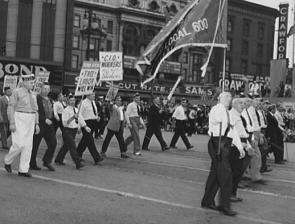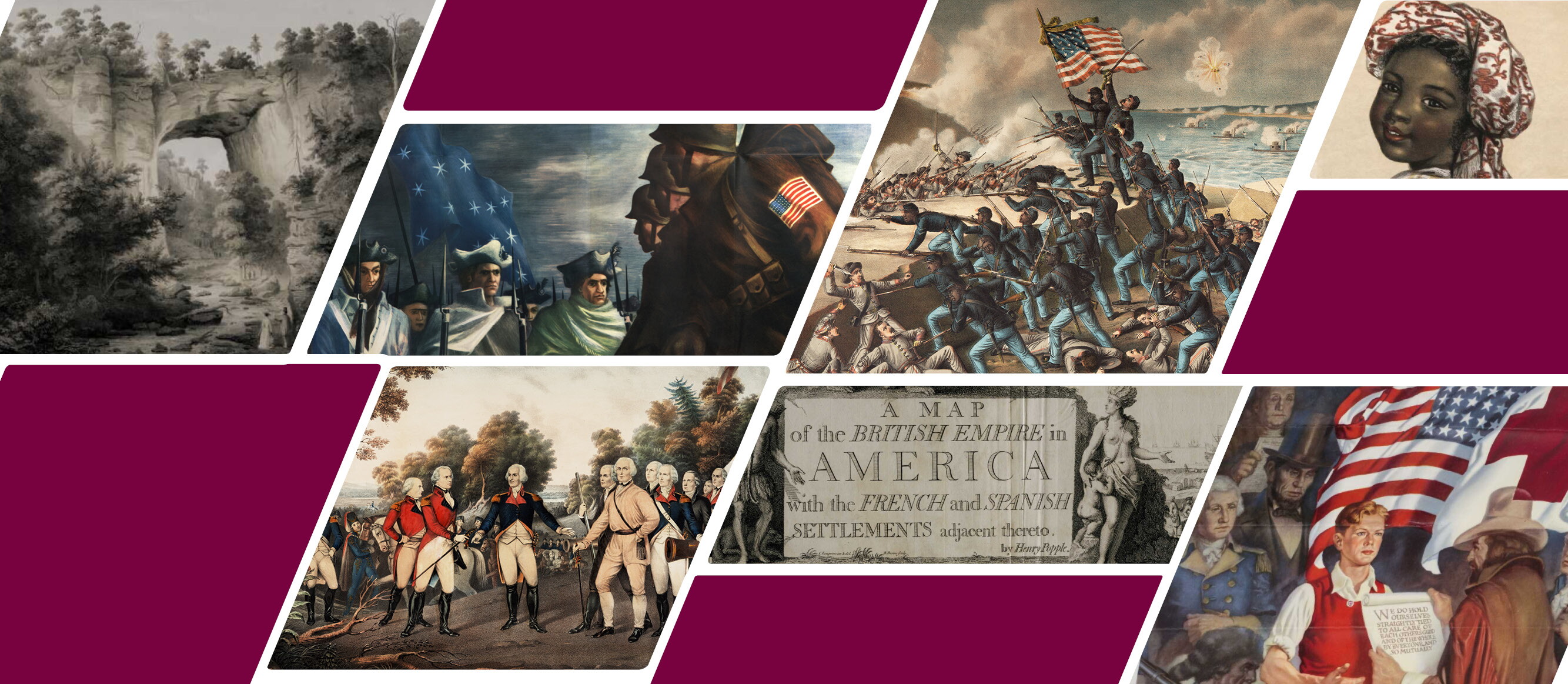 “On September 5, 1882, some 10,000 to 20,000 workers, at the risk of losing their jobs, gathered in New York City and marched from City Hall to Union Square in support of an eight-hour workday. The idea quickly spread to many communities, and in 1887, Oregon became the first state to make Labor Day an official holiday. And after having used federal troops to suppress the Pullman strike, an anti-union U.S. President Grover Cleveland sensed that he had to recognize the contributions of workers and together with Congress, enacted the first national Labor Day in 1894.”
“On September 5, 1882, some 10,000 to 20,000 workers, at the risk of losing their jobs, gathered in New York City and marched from City Hall to Union Square in support of an eight-hour workday. The idea quickly spread to many communities, and in 1887, Oregon became the first state to make Labor Day an official holiday. And after having used federal troops to suppress the Pullman strike, an anti-union U.S. President Grover Cleveland sensed that he had to recognize the contributions of workers and together with Congress, enacted the first national Labor Day in 1894.”
—Tedd Levy, “Celebrating Labor Day”
The Gilder Lehrman Institute offers the following resources for exploring the origins of Labor Day, the workers for whom it exists, and the lasting impact of acknowledging labor in the United States.
Classroom Resources
- “Celebrating Labor Day”: An interactive role-playing lesson in which students explore the extent to which conditions have improved for American workers over the past 100 years
- “Infographic: Industrialization: American Labor”: Charts that can be printed as PDFs showing a general trend in the wages and working hours of American workers
- “‘Reelect Roosevelt—Friend of Labor,’ 1936”: A Spotlight on a Primary Source poster by the Democratic National Campaign Committee with questions for discussion
- “George Pullman: His Impact on the Railroad Industry, Labor, and American Life in the Nineteenth Century”: A lesson employing primary sources to understand the causes of the Pullman Strike of 1894 and its effect on railroad workers and organized labor
- “Triangle Shirtwaist Factory Fire, 1911”: An exploration with discussion questions centered around sheet music.
- “The Uprising of the 20,000”: A recounting of the 1909 strike by garment workers that predated the 1911 Triangle Shirtwaist Factory fire
Essays
- “Labor Day: From Protest to Picnics” by Joshua B. Freeman, History Now 4: American National Holidays (Summer 2005)
- “Populism and Agrarian Discontent” by Michael Kazin
- “Historical Context: Post-World War I Labor Tensions” by Steven Mintz
Self-Paced Courses
- The History of American Protest led by John Stauffer, Harvard University
- The Great Depression and the New Deal led by Eric Rauchway, University of California, Davis
- Conflict and Reform: The United States, 1877–1920 led by Michael Kazin, Georgetown University
Video
- Hamilton Cast Read Along: Memphis, Martin, and the Mountaintop: The Sanitation Strike of 1968 - Read by Sabrina Sloan (Angelica Schuyler in the North American Tour of Hamilton). Written by Alice Faye Duncan and illustrated by R. Gregory Christie.
- Book Breaks: Jacqueline Jones - No Right to an Honest Living: The Struggles of Boston’s Black Workers in the Civil War Era
- Book Breaks: Gordon Chang - The Ghosts of Gold Mountain: The Epic Story of the Chinese Who Built the Transcontinental Railroad
- Book Breaks: Eric Rauchway - Why the New Deal Matters
